When discovering a victim, call emergency services immediately and place the victim on their back, perform chest compressions, paying attention to the position, speed and intensity of the compressions.
Dr. Ngo Duc Hung, A9 Emergency Center, Bach Mai Hospital, said that basic cardiopulmonary resuscitation is the first step in emergency cardiopulmonary resuscitation for patients with cardiac arrest, which needs to be performed immediately. This is to maintain circulation and oxygen to the brain as well as other organs, until the emergency team from outside the hospital arrives to use advanced cardiopulmonary resuscitation measures or other interventions.
To provide emergency assistance to victims, the following steps must be followed: Assess the scene - Initial assessment - Call for help - Perform first aid and transport.
First, you need to ensure the scene is safe for yourself to perform first aid on the victim, for example, quickly observe to find potentially dangerous factors such as fire, explosion, electricity, toxic gas...
Assess the victim's consciousness by stimulating and asking loudly if the victim is okay. Look at the chest and body to see if the victim is moving or breathing normally.
"These are the first steps after providing emergency care to an unfortunate accident victim," said Dr. Hung.
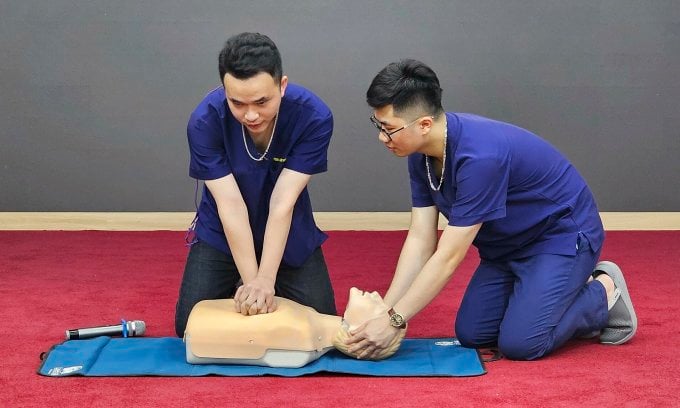
Doctors instruct patients on cardiopulmonary resuscitation. Photo: Thanh Duong
After ensuring safety, pay attention to 3 cases: The victim is still conscious; the victim is unconscious but still breathing and has a pulse; the victim is unconscious, has stopped breathing and has lost a pulse.
For victims who are still conscious and alert : Need to put them in a position that makes them feel most comfortable to recover.
For unconscious victims who still have breathing and pulse : Need to put them in a safe side-lying position if there is no spinal injury, to protect breathing.
For victims who are unconscious, have stopped breathing, and have lost their pulse : It is necessary to understand and perform basic cardiopulmonary resuscitation procedures.
First, call an ambulance and place the victim on a hard flat surface, lying on his back. When performing chest compressions, pay attention to the position, speed and intensity of the compression. The frequency is 100-120 times/minute, with strong compression so that the chest sinks 5 cm. The correct compression position is the lower half of the sternum or between the nipples. The person performing the compressions should kneel, with the arm axis perpendicular to the patient's body. For every 30 compressions, perform 2 rescue breaths.
Dr. Hung also noted that when performing first aid, it is necessary to pay attention to controlling the patient's airway. Specifically, find out if the patient has any foreign objects, dentures or phlegm stuck in the throat... or not. If so, it is necessary to clear the patient's airway.
In addition, in parallel with first aid, call 115 by shouting loudly for help from people around. If you are alone, turn on the speakerphone mode on your phone to exchange information and receive continuous instructions from the emergency staff while still assisting the victim.
A female nurse performed CPR to save a foreign tourist at a restaurant in Da Nang, March 2024.
Instructions for CPR to save a person with cardiac arrest and respiratory arrest. Video : Hoan My Hospital
Le Nga
Source link



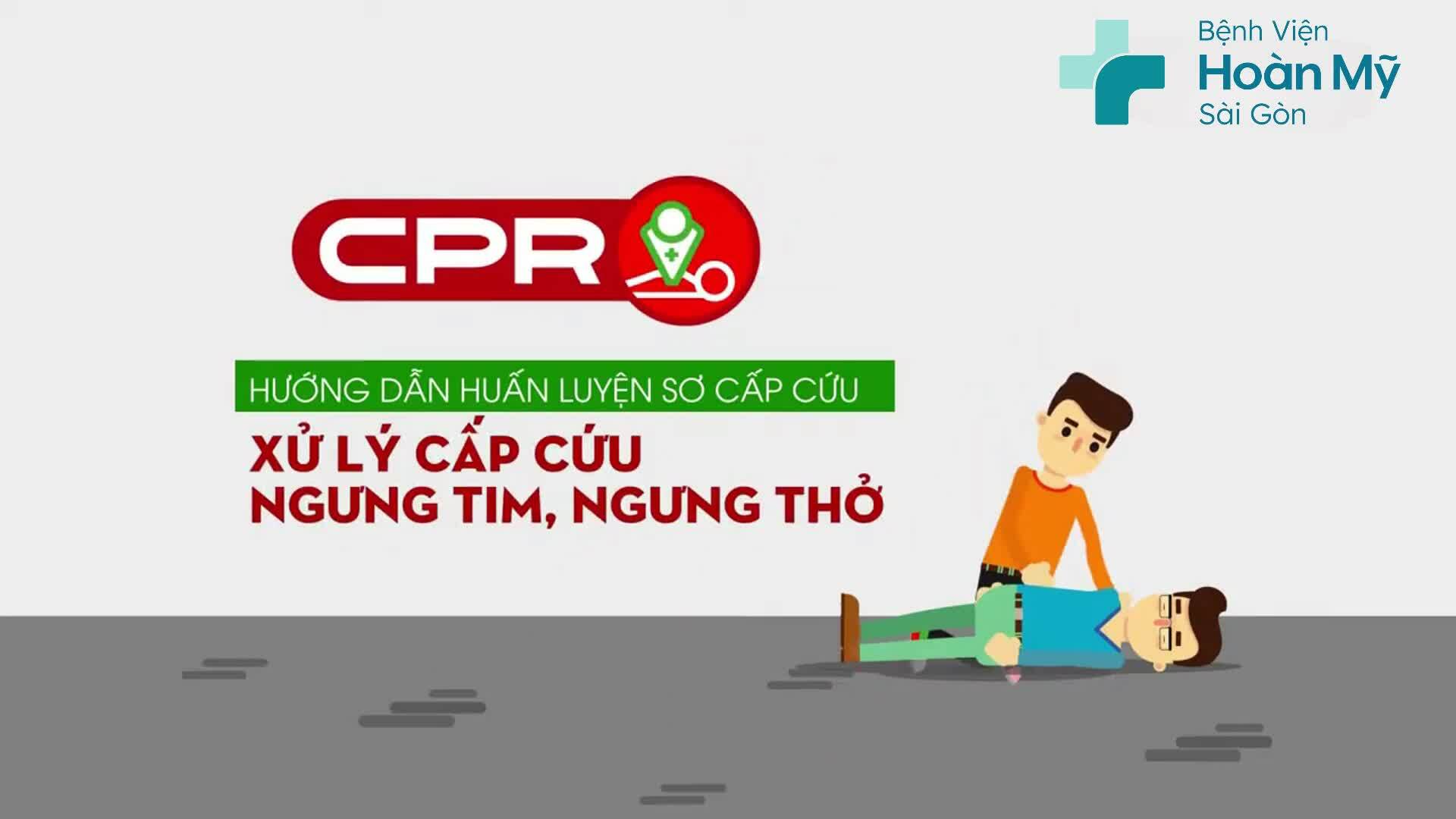


![[Photo] Ready for the top competitions of Vietnamese table tennis](https://vphoto.vietnam.vn/thumb/1200x675/vietnam/resource/IMAGE/2025/5/18/9c547c497c5a4ade8f98c8e7d44f5a41)


![[Photo] Many young people patiently lined up under the hot sun to receive a special supplement from Nhan Dan Newspaper.](https://vphoto.vietnam.vn/thumb/1200x675/vietnam/resource/IMAGE/2025/5/18/6f19d322f9364f0ebb6fbfe9377842d3)









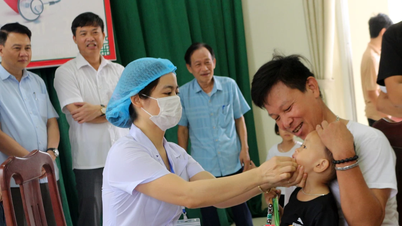











![[Photo] General Secretary To Lam visits exhibition of achievements in private economic development](https://vphoto.vietnam.vn/thumb/1200x675/vietnam/resource/IMAGE/2025/5/18/1809dc545f214a86911fe2d2d0fde2e8)














































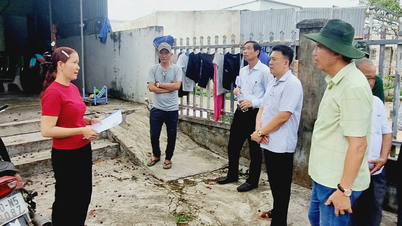




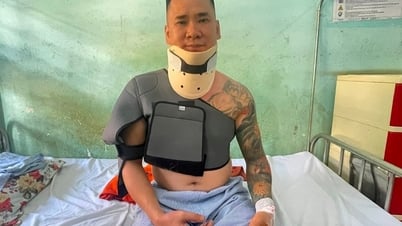












Comment (0)